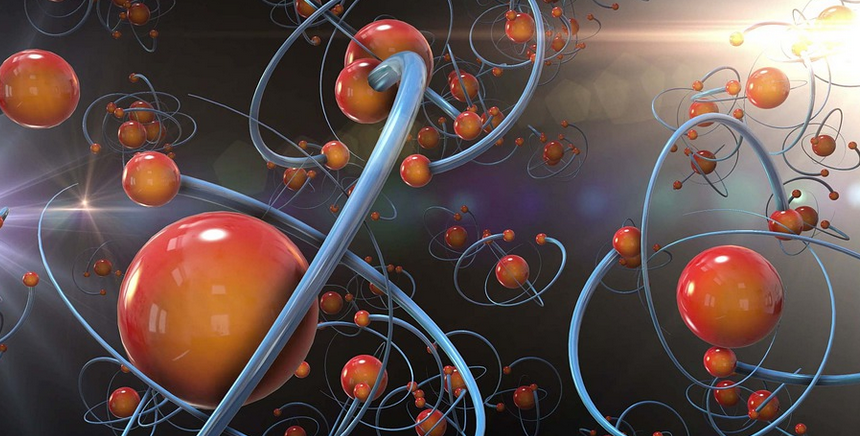Introduction
Tear gas, also known as riot control agents, are non-lethal chemical weapons used by law enforcement and military personnel to disperse crowds and control riots. Tear gas causes irritation to the eyes, nose, and throat, resulting in tears, coughing, and difficulty breathing. In this article, we will take a closer look at the chemical structure of tear gas and how it works.
Chemical Structure of Tear Gas
Tear gas is a chemical compound that belongs to the family of organic compounds known as lachrymators. The two most common types of tear gas are chloroacetophenone (CN) and chlorobenzylidene malononitrile (CS). These compounds are solids at room temperature and are usually dispersed in aerosol form.
Chloroacetophenone (CN)
CN is a white crystalline powder that is insoluble in water. Its chemical formula is C10H9ClO, and its molecular weight is 180.64 g/mol. CN is a potent irritant that causes tearing, burning, and pain in the eyes, nose, and throat. It is also known as mace or tear gas.
Chlorobenzylidene Malononitrile (CS)
CS is a yellowish-white powder that is slightly soluble in water. Its chemical formula is C10H5ClN2, and its molecular weight is 202.66 g/mol. CS is a more potent irritant than CN and causes severe burning and pain in the eyes, nose, and throat. It is also known as CS gas or tear gas.
How Tear Gas Works
Tear gas works by irritating the mucous membranes of the eyes, nose, and throat. When tear gas is released, it disperses in the air and forms a cloud. When the cloud comes into contact with a person’s skin or mucous membranes, it causes a burning sensation and triggers tears, coughing, and difficulty breathing.
Effects of Tear Gas
The effects of tear gas vary depending on the concentration and duration of exposure. Mild exposure to tear gas can cause tearing, burning, and irritation of the eyes, nose, and throat. More severe exposure can cause respiratory distress, chest tightness, and even unconsciousness.
Precautions
Tear gas should be used with caution and only by trained personnel. Exposure to tear gas can be dangerous, especially for people with pre-existing respiratory conditions, pregnant women, and children. If you are exposed to tear gas, move to an area with fresh air and flush your eyes and skin with water.
Conclusion
In conclusion, tear gas is a non-lethal chemical weapon that is used to control riots and disperse crowds. It is a potent irritant that causes tearing, burning, and pain in the eyes, nose, and throat. Understanding the chemical structure of tear gas is important in developing effective countermeasures and protecting public health.

